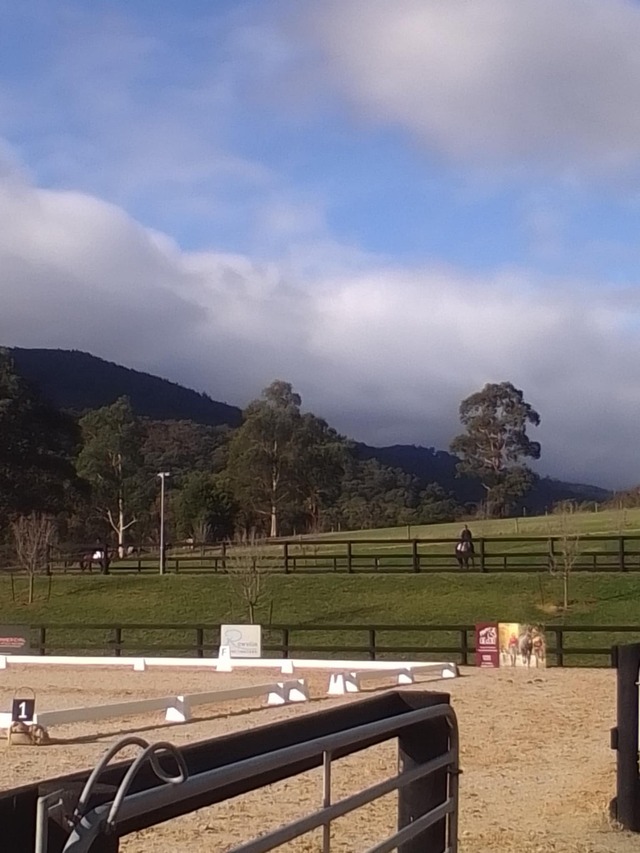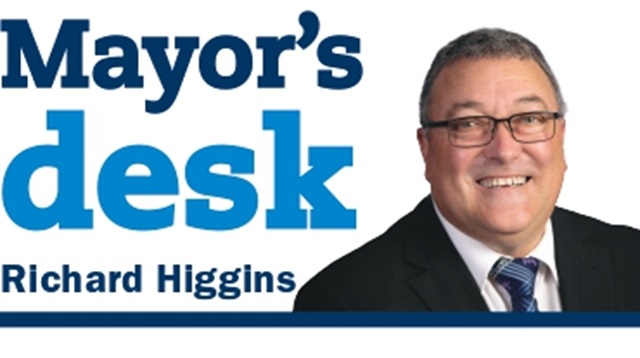Winners from Wednesdays midweek dressage series at Shirley Heights EC:
Advanced – Emma Dalton on Electra-doeska PB
Medium – Jessica Sharp on Revelwood Synergy
Elementary – Kylie Pedder on Carool Furst Danali
Novice – Kate Chamberlain on Rubato R
Prelim – Maddy Philippedis on Concerto MD
Preparatory – Rachel Beath on Nothing But Class
Tips for managing horses recovering from laminitis:
When your horse/pony is recovering from laminitis it cannot have access to any pasture – therefore it’s important to ensure they have constant access to long stem, low sugar roughage such as Rhodes hay, Teff hay, Lucerne hay, Meadow hay or even a sugar tested hay.
Spring diets for obesity and EMS horses/ponies:
For horses and ponies prone to obesity and EMS, we can provide very low starch/sugar diets and still meet roughage requirements through low sugar/starch hay.
The most common mistake we find owner’s make is immediately restricting access to roughage (pasture and hay) and putting them in a yard or ‘The Jenny Craig’ paddock.
This not only negatively impacts the horses/pony’s digestive system but their overall health and wellbeing.
All horses/ponies require a minimum 1.5 per cent of their body weight in roughage per day for optimal health and wellbeing.
Calculation: Bodyweight (kg) x 0.015 = Roughage (kg) per day.
We recommend horses (especially the good doers) be provided hay in a slow feeder.
Slow feeder hay nets or tubs increase the horses/ponies time spent eating.
This acts as a boredom buster, mimics natural grazing behaviour, and increases time spent chewing and producing saliva which contains buffering factors that protect the stomach and prevent ulcer formation.
We also recommend providing a hard feed (concentrate or full feed) or a vitamin/mineral supplement to meet their essential nutrient requirements alongside roughage.
Please keep an eye on those prone to laminitis in coming weeks.
In other news we have the new 2025 Yarra Valley Horse Show program approved.







